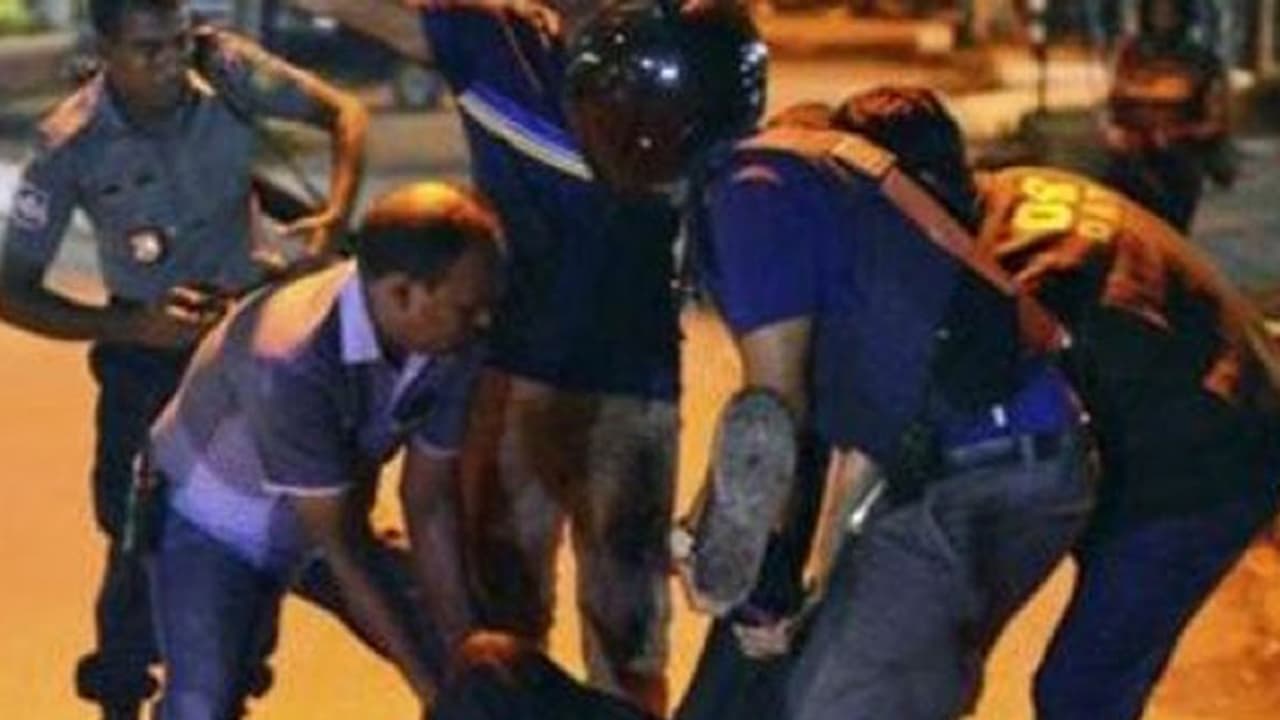In the entire 11 hours of the Dhaka hostage crisis nobody around the world had a clue of what was happening. The Bangladesh authorities had judiciously blacked out all information. Despite a blackout of specific information, the situation was continuously covered by the media regionally as well as internationally because foreign nationals were taken hostage and the location was in the diplomatic zone of Dhaka.

However, none of the Indian or international networks had any of their own correspondents there and that has been the sad feature of how South Asia is covered; crisis and disaster driven coverage.
So whatever information was trickling out from local sources were being highlighted continuously as unreliable or unconfirmed but in desperation even the biggest networks were depending on stray information filtering in through social media or even the feeds of the Islamic State(IS).
Bangladesh and Terror
Today the situation in Bangladesh is being read as situation triggered by battle between Sheikh Hasina’sAwaami League versus Khaleda Zia’s BNP. True the vendetta has been playing out from the streets to the gallows; in June alone 2700 BNP members were arrested.
The government’s allegations that BNP and its ally Jamaat-e-Islami(JI) have been behind all the hackings and attacks may have given Hasina political muscle but allowed the terror groups to gain ground. Her denial of IS presence is probably one of the reasons of this high profile assault. The result is the attack Bangladesh suffered on the last Friday the Ramadan.
Bangladesh really is no stranger to terrorism. The Islamic fundamentalists had become active as early as 90s. The most extreme of the groups HuJi was set up in 1992 reportedly with Osama Bin Laden’s funding. When FazlurRahman leader of the ‘Jihad Movement in Bangladesh’ signed the ‘holy war’ with the United States, the link between Al Qaeda and Bangladesh were confirmed. Amongst other signatories was Laden himself. Even in 2001 HuJi had at least six camps in the country where the inmates were Arabs or of Central Asian origin.
The first international attention came in 1993 when writer TaslimaNasreen was forced to seek exile following threats on her life. In 1999, very well known poet and a symbol of Bangladesh’s secular heritage, ShamshurRahman was attacked and that caused national outrage. A nation that was formed on the identity of a language and Bengali nationalism started changing its identity.
The Islamic ChhatraShibir, Huji’s main stronghold then in the south-east had easy access to Myanmar’s borders and therefore the passage of arms. These groups were getting trained and armed. BNP was openly being supported then by the arms smugglers.
In August 2005 some 300 explosions took place across fifty cities killing thirty people and injuring many more.
In December more explosions took place. It was after this reign of anarchy that Sheikh Hasina took over in 2008 election and a year later Bangladesh started getting real.
Most readers would forget that till 2009-2010 Bangladesh consistently denied and even rejected Indian allegations of them sheltering and aiding Indian terrorist groups.
Multiple Indian armed militias found safe haven in Bangladesh carrying out routine attacks and running business empires with the direct support of DGFI and Pakistan’s ISI.
Hasina in a newly established friendship with India began handing over India’s most wanted terrorists. But that was just one part of the terror story. The one that started unfolding is now on the face. Both India and Bangladesh will have to work together to counter it. India can’t afford another Western border in the East.
Kishalay Bhattacharjee is a senior journalist and author. His most recent book is Blood on my Hands: Confessions of Staged Encounters (Harper Collins 2015). The views expressed here are his own.
